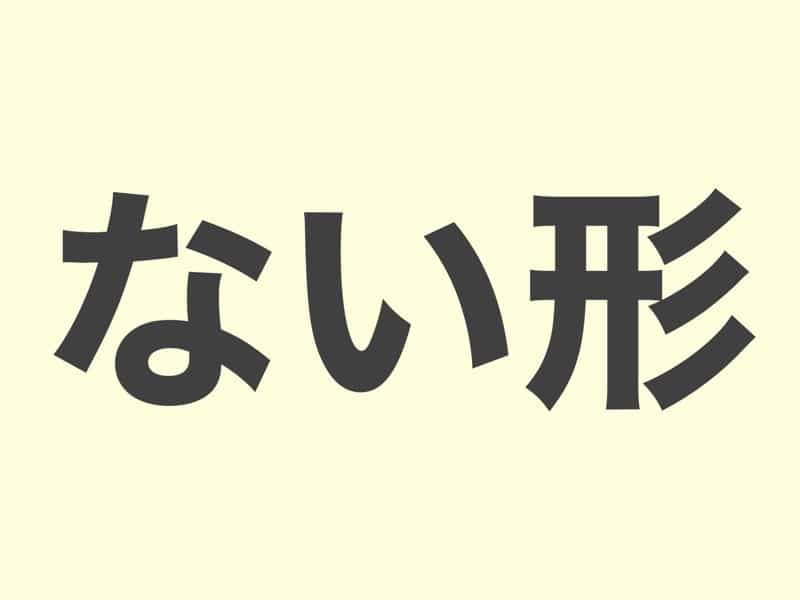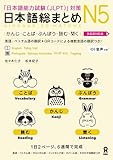The nai-form (ない形) in Japanese is essential for expressing negative actions and states. In this guide, we’ll explore how to conjugate different types of verbs into the nai-form. Let’s dive into the rules for transforming verbs into their negative counterparts and enhance your Japanese skills with this versatile form!
JLPT Textbook Recommendations
Group 1 (U-Verbs)
Rule:
- Change the final “i” sound of the verb stem into the corresponding “a” sound.
- Add “ない” (nai) at the end.
| Verb(masu form) | Nai form |
| かいます (kaimasu) | かわない (kawanai) |
| はたらきます (hatarakimasu) | はたらかない (hatarakanai) |
| およぎます (oyogimasu) | およがない (oyoganai) |
| はなします (hanashimasu) | はなさない (hanasanai) |
| まちます (machimasu) | またない (matanai) |
| しにます (shinimasu) | しなない (shinanai) |
| あそびます (asobimasu) | あそばない (asobanai) |
| のみます (nomimasu) | のまない (nomanai) |
| わかります (wakarimasu) | わからない (wakaranai) |
Group 2 (Ru-Verbs)
Rule: Simply remove ます (masu) and add ない (nai).
| Verb(masu form) | Nai form |
| たべます (tabemasu) | たべない (tabenai) |
| ねます (nemasu) | ねない (nenai) |
Group 3 (Irregular Verbs)
Rule: These verbs are irregular and must be memorized.
| Verb(masu form) | Nai form |
| します (shimasu) | しない (shinai) |
| きます (kimasu) | こない (konai) |




コメント